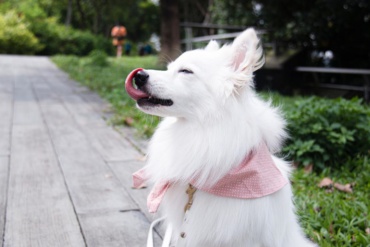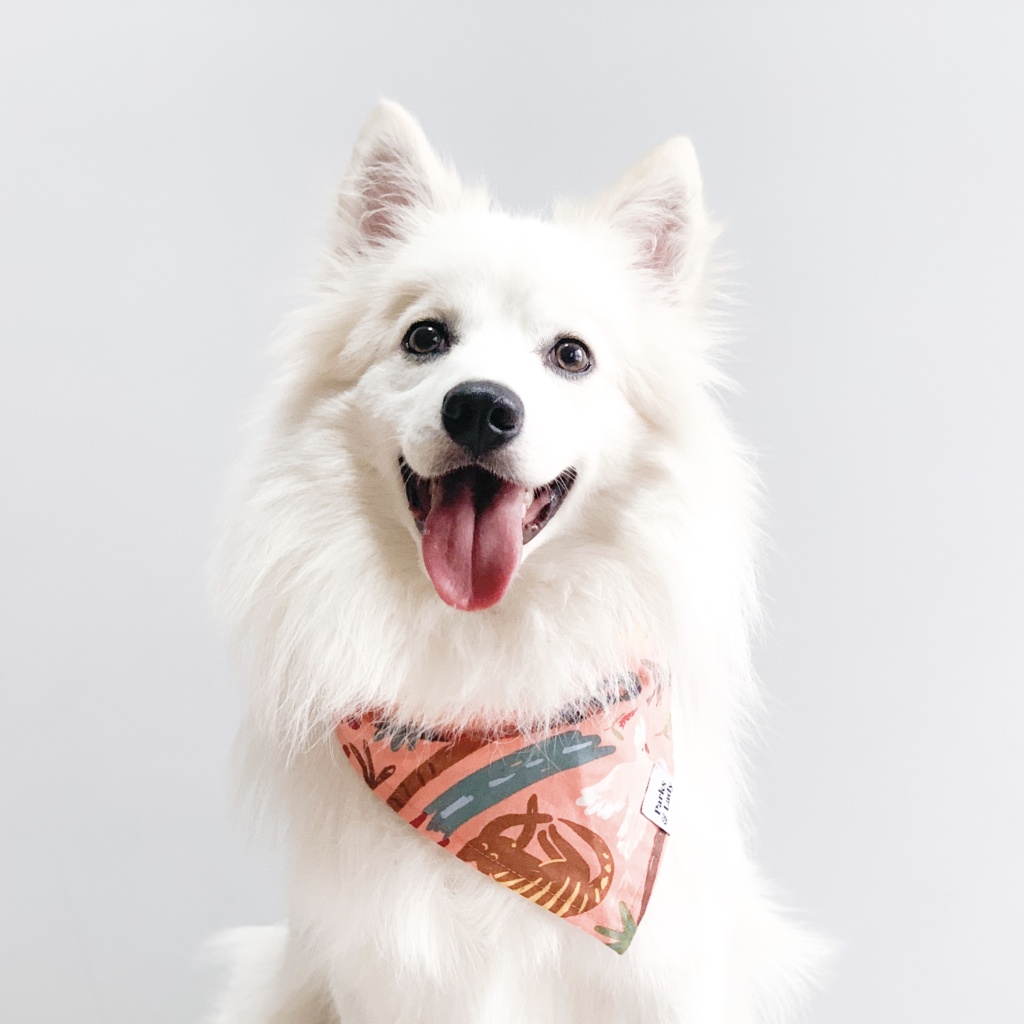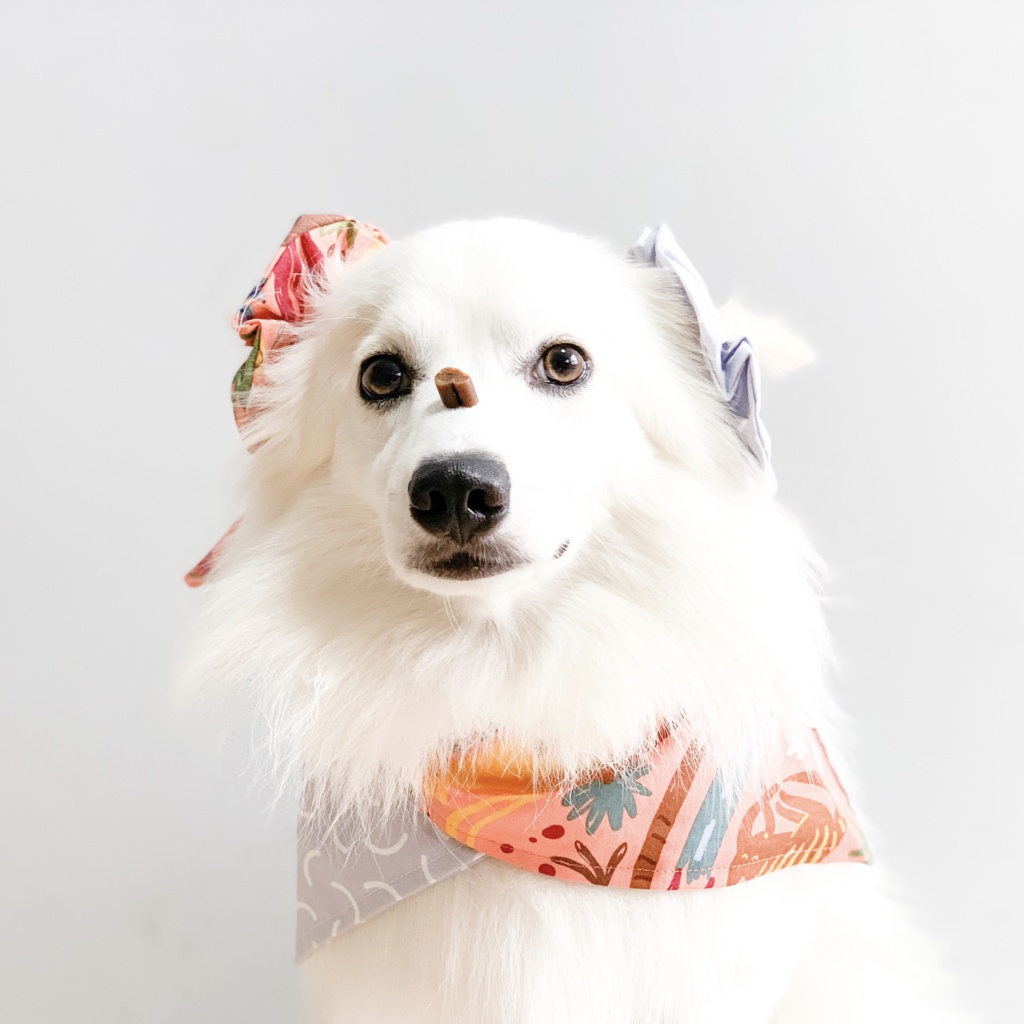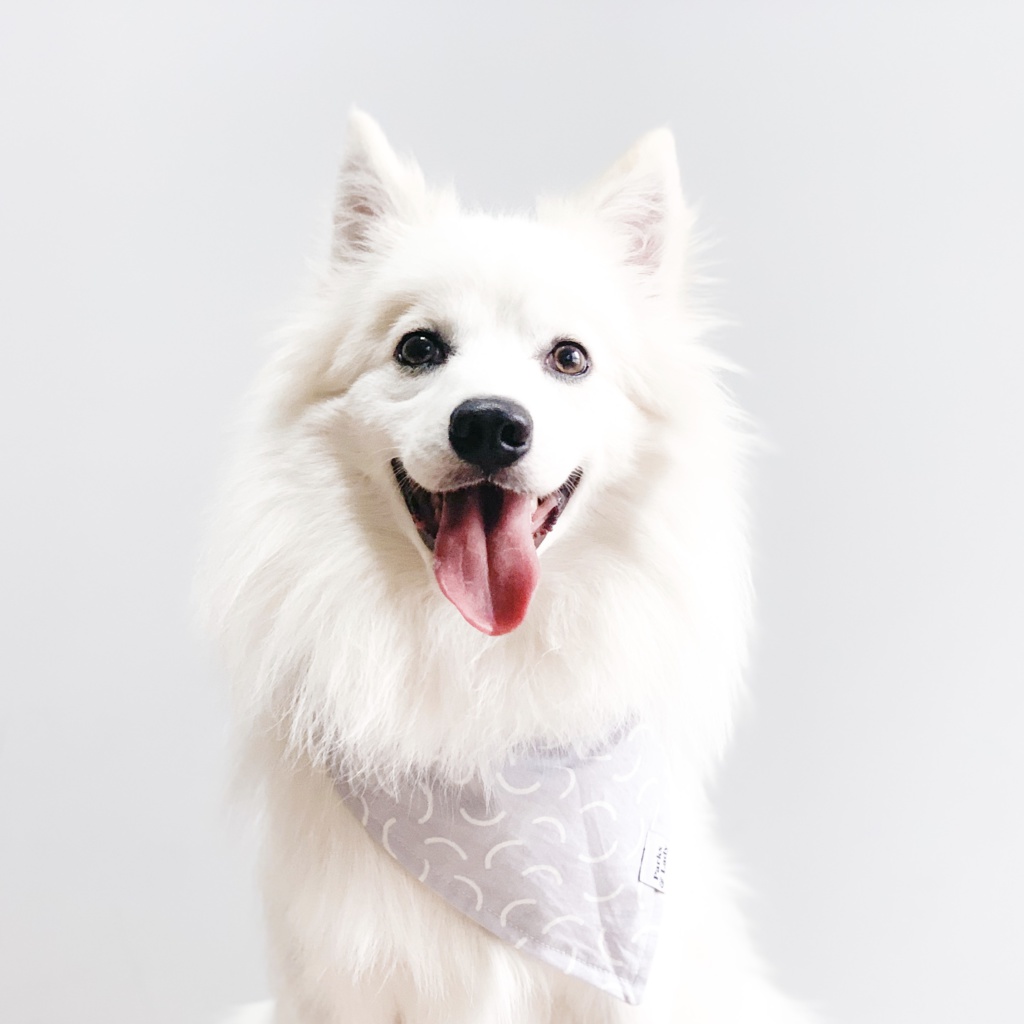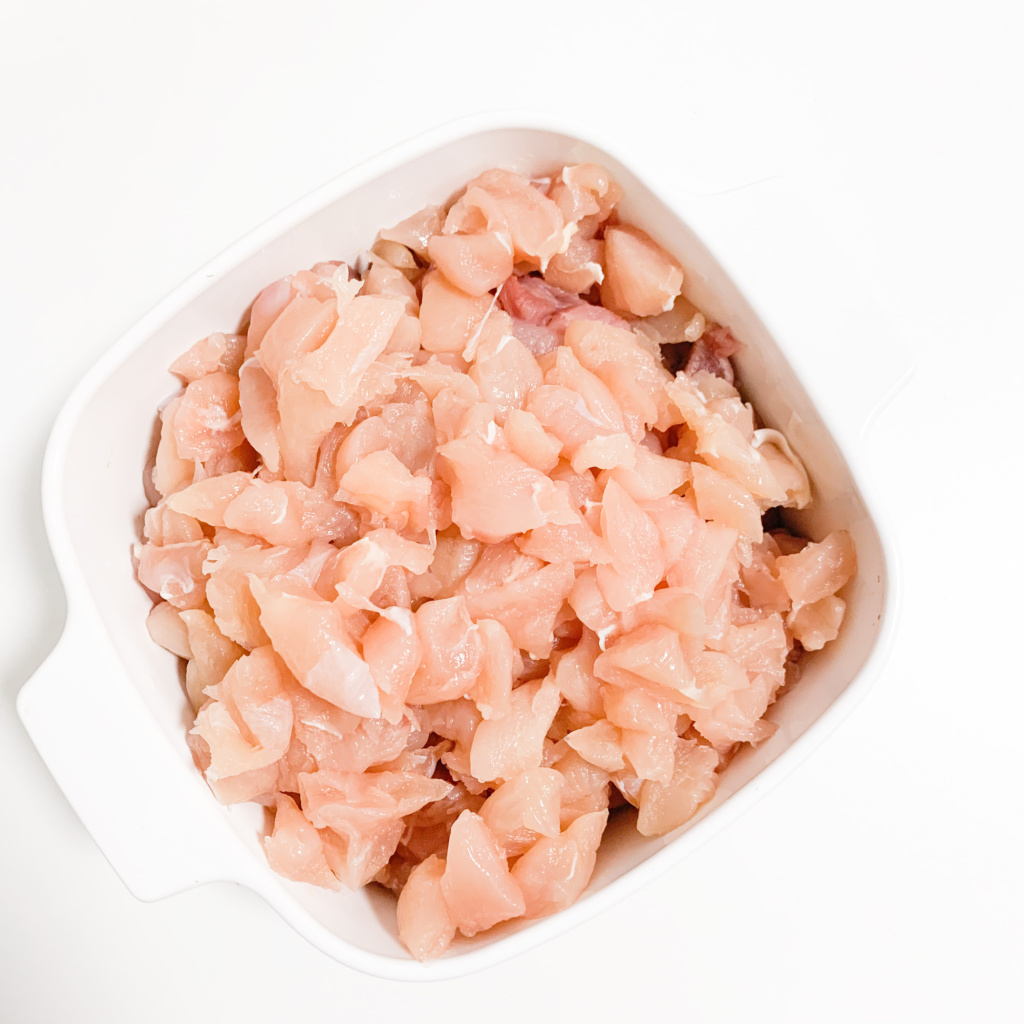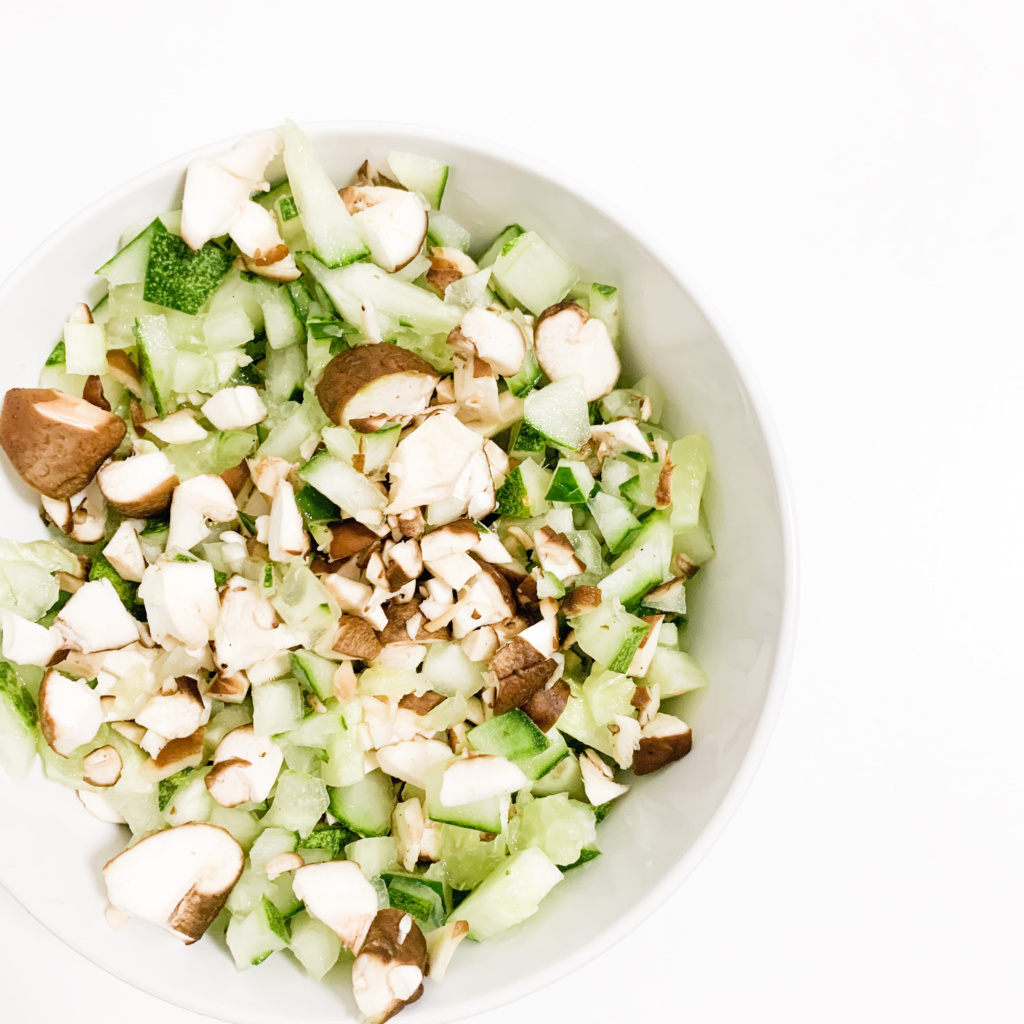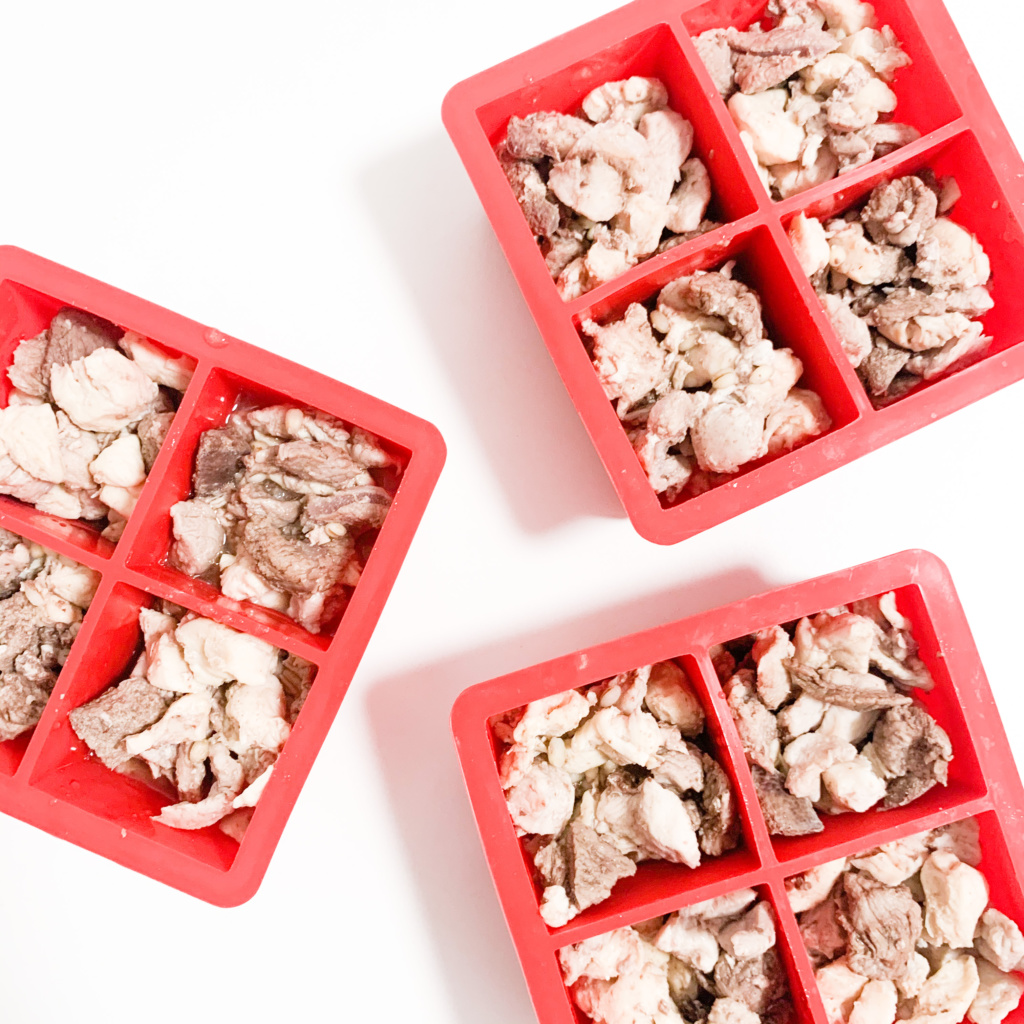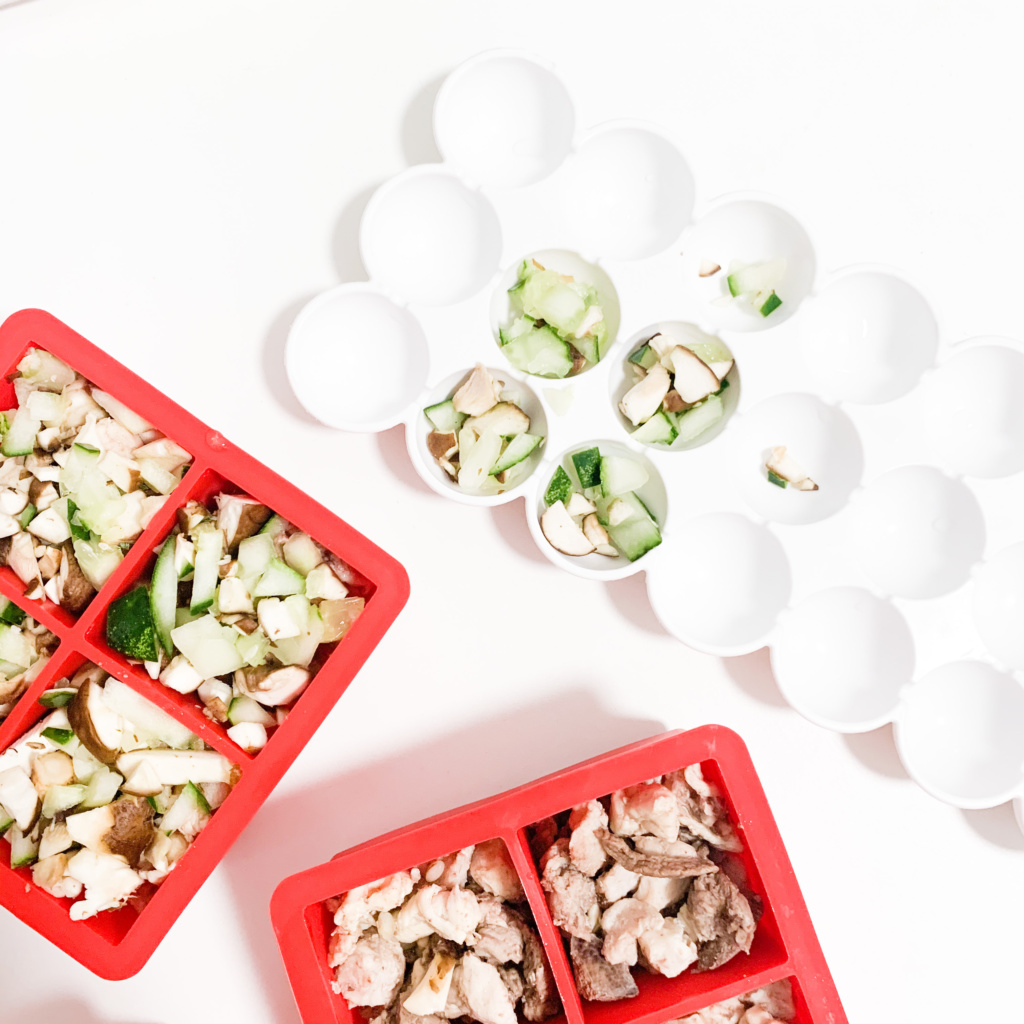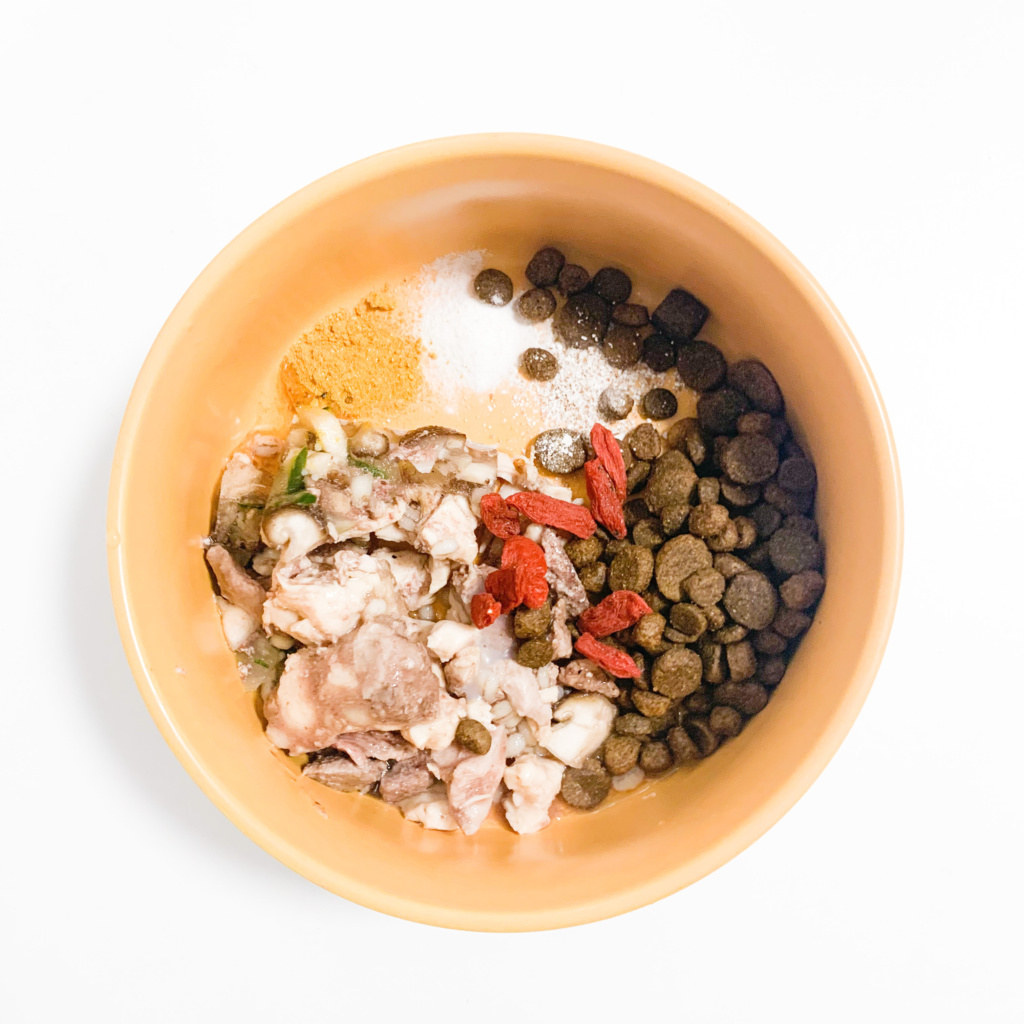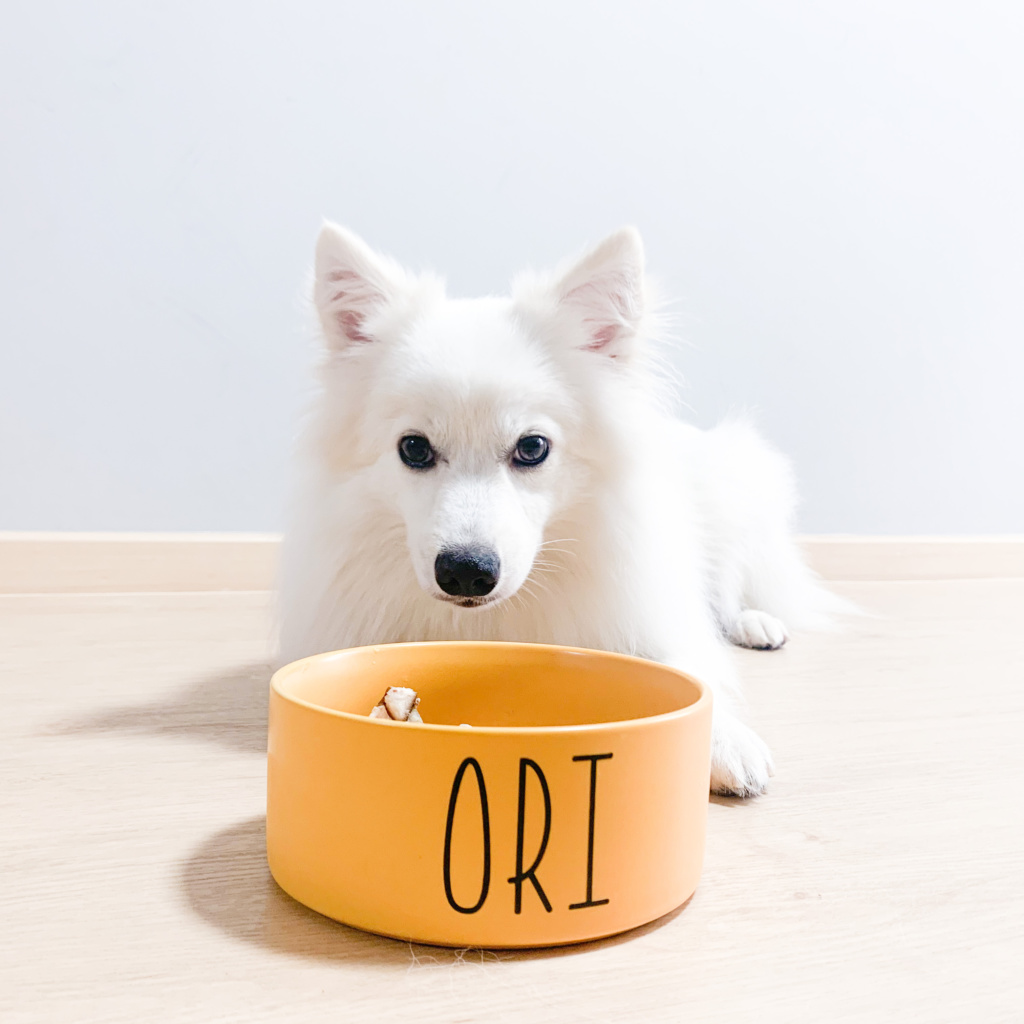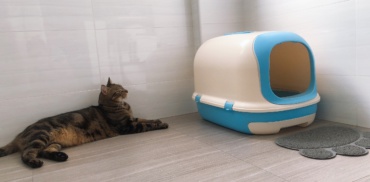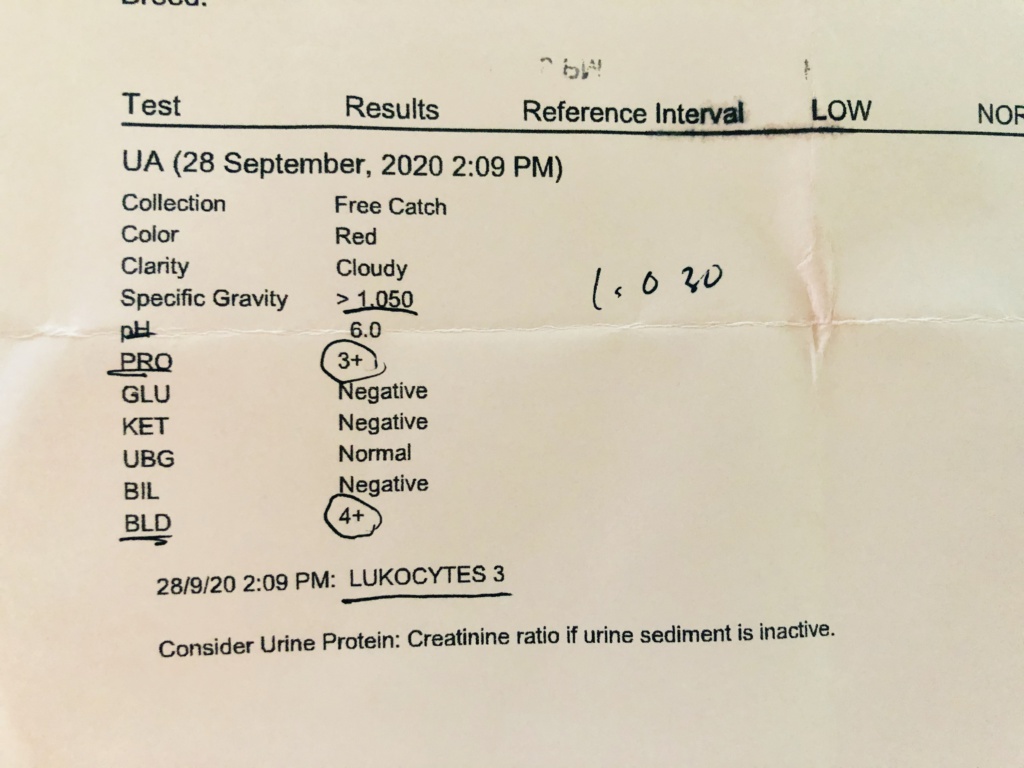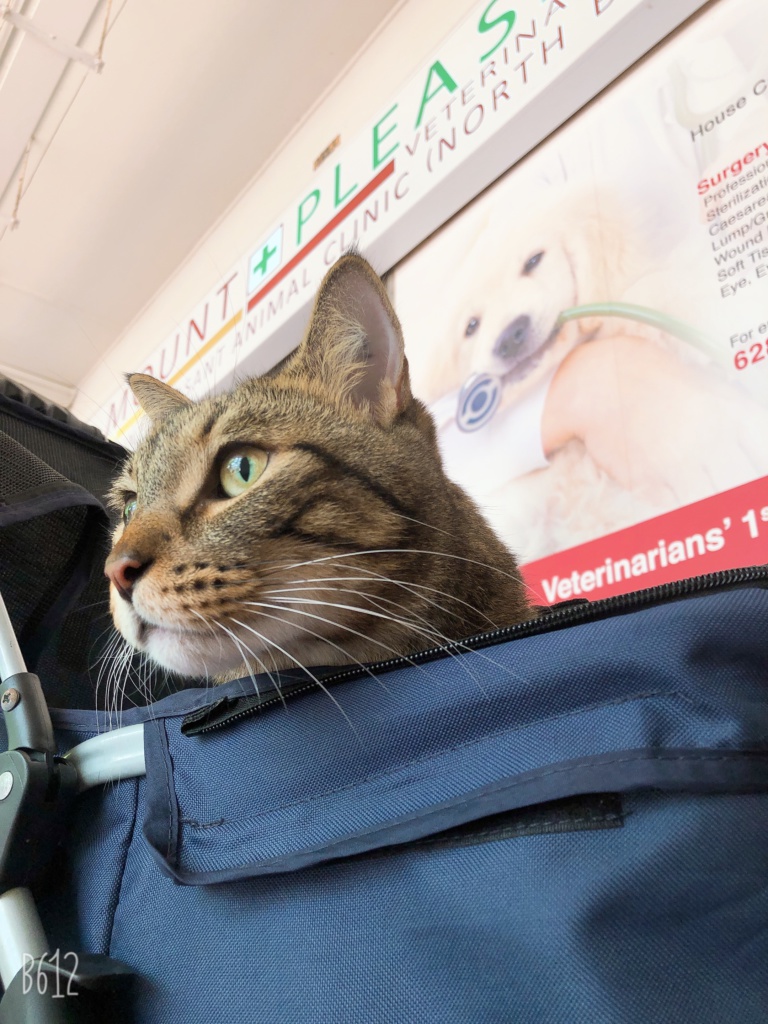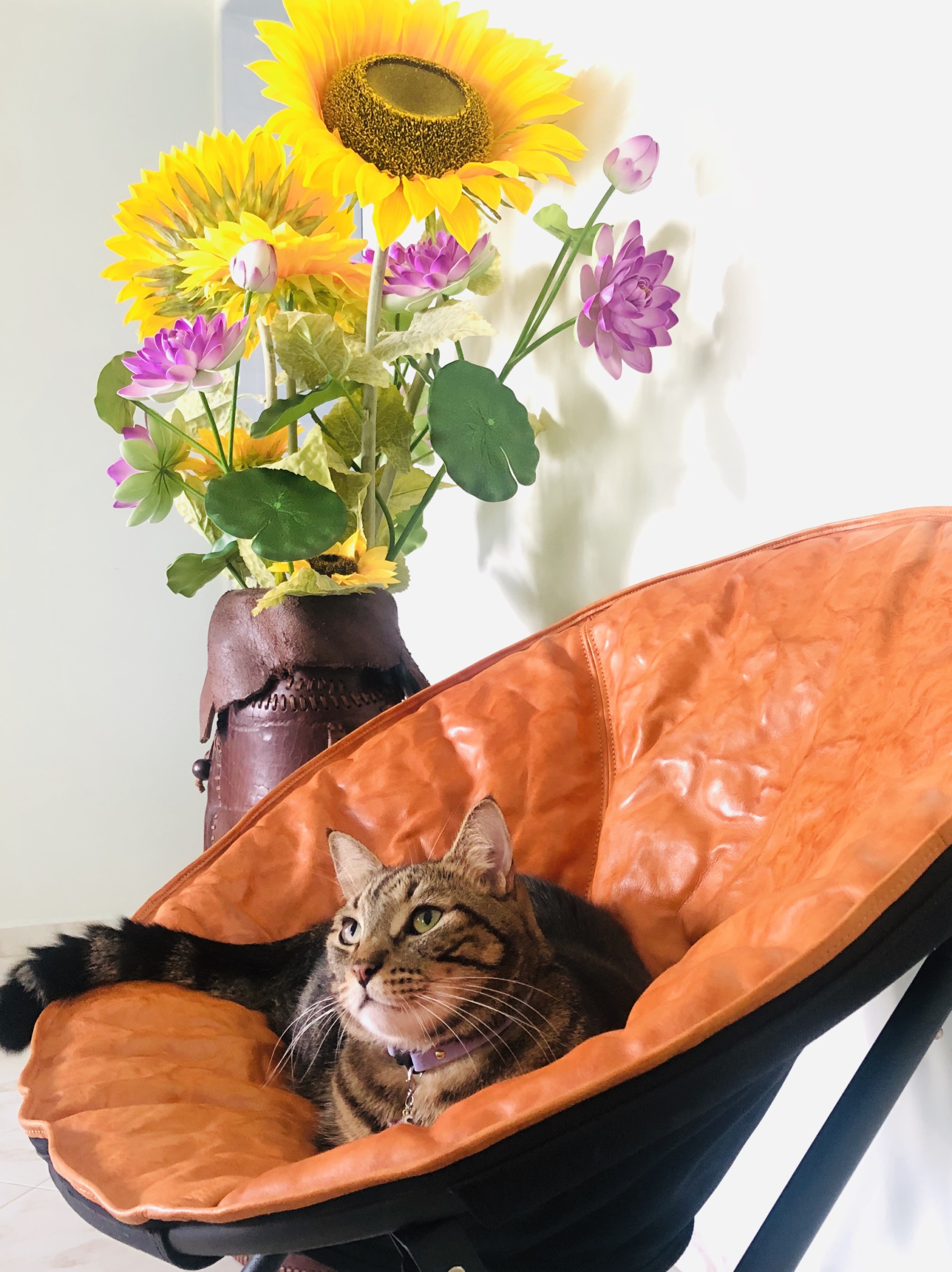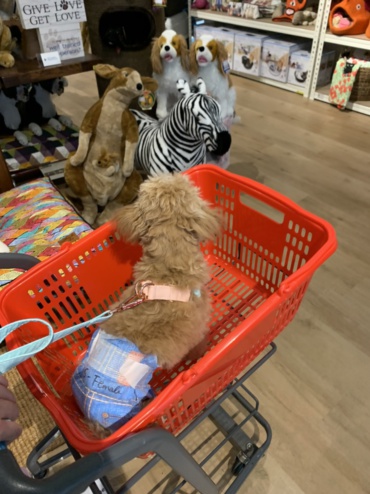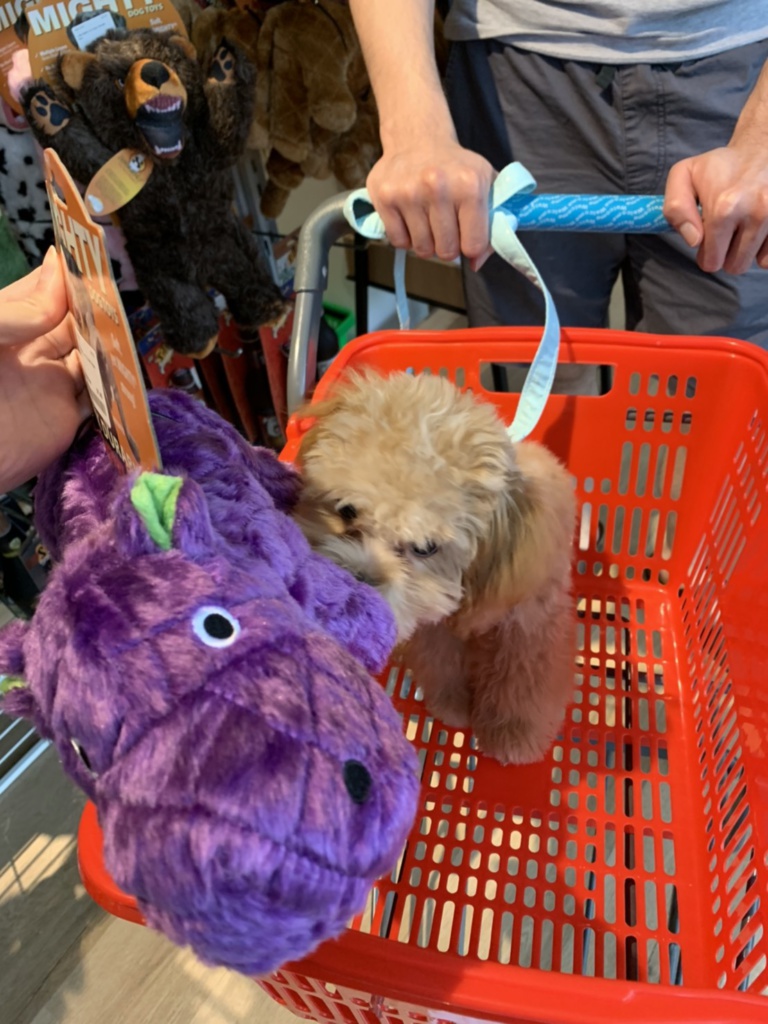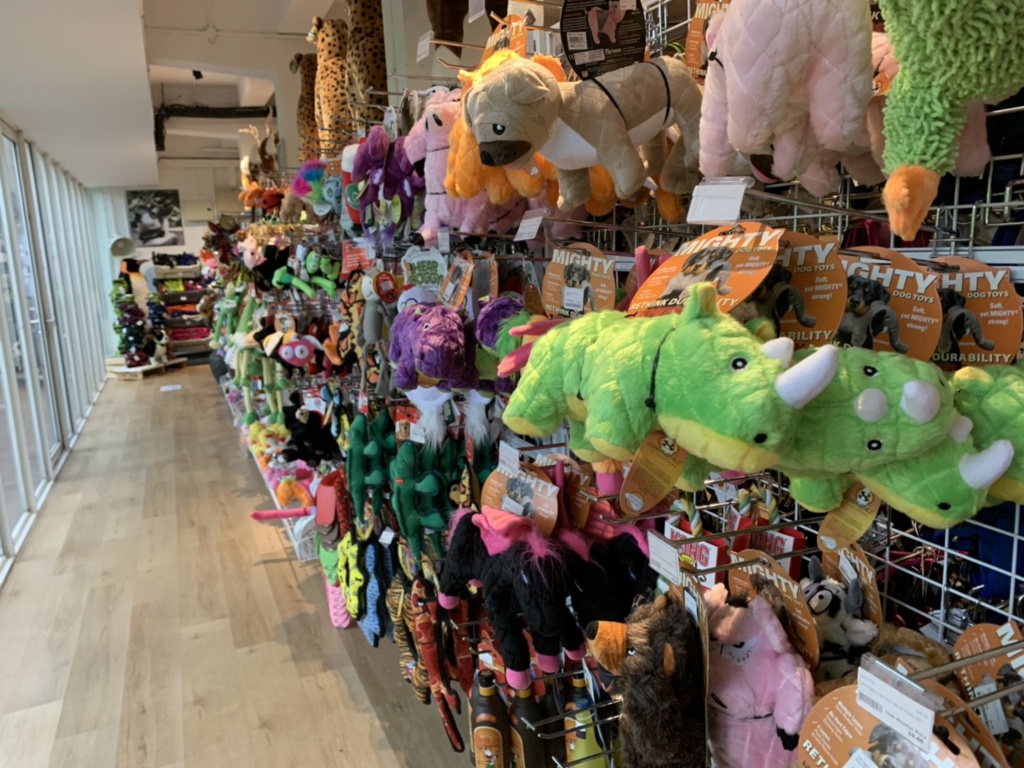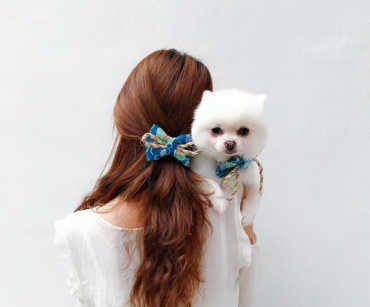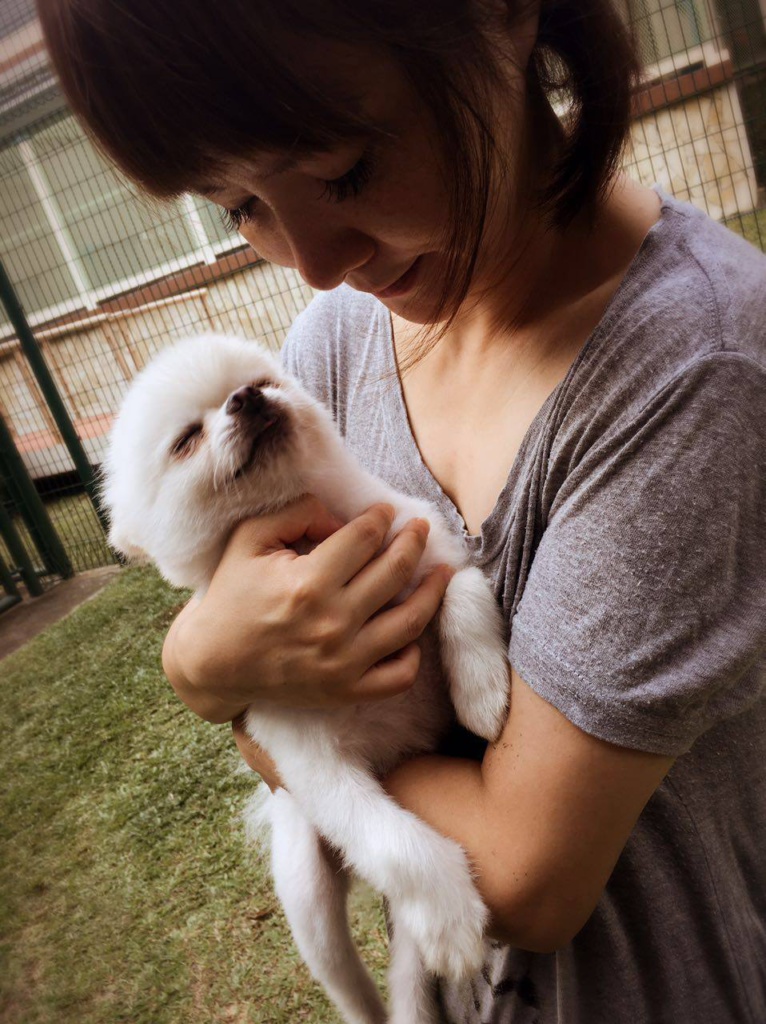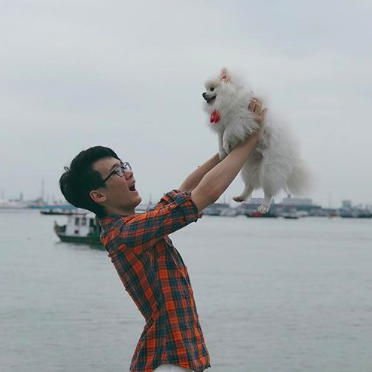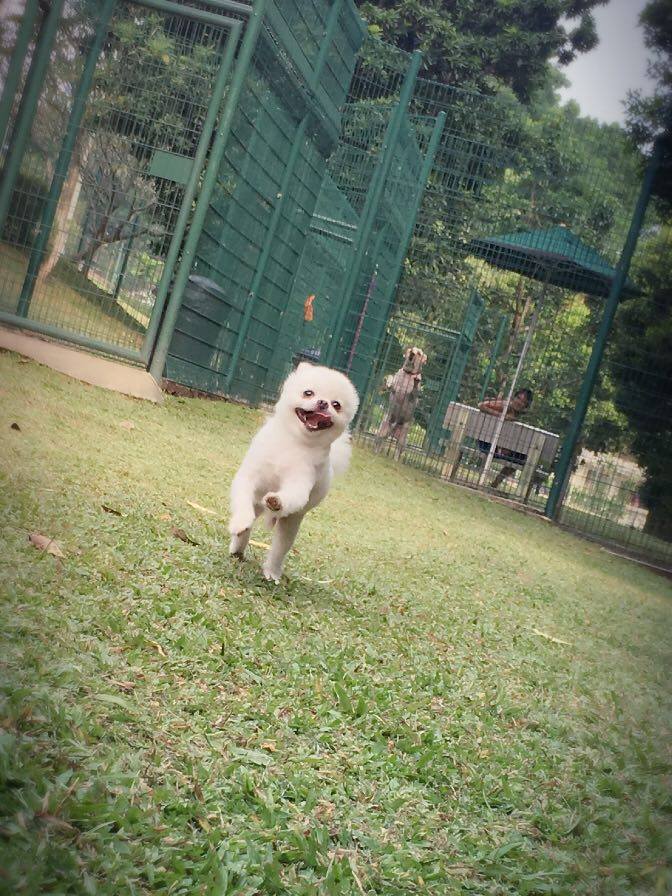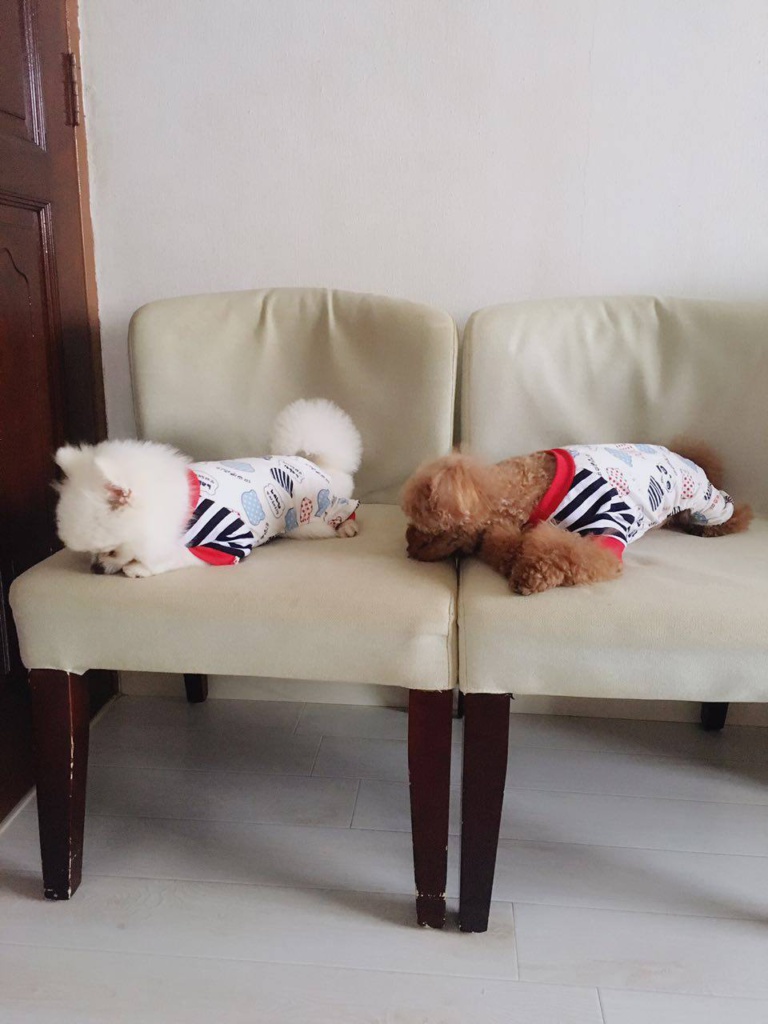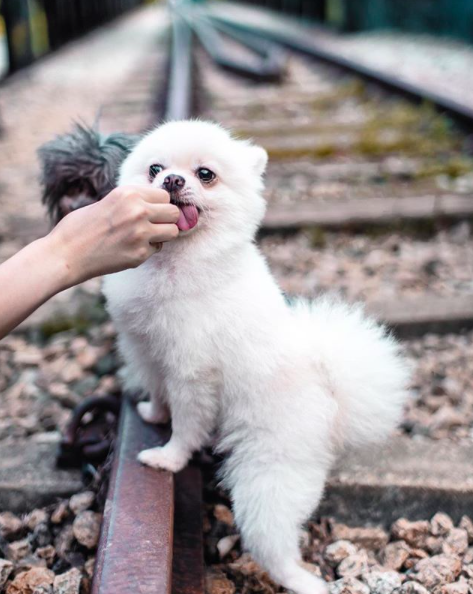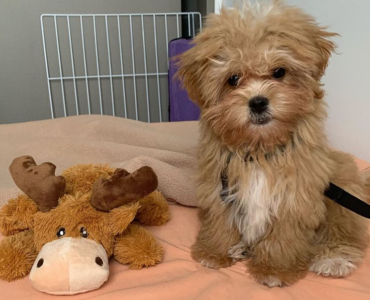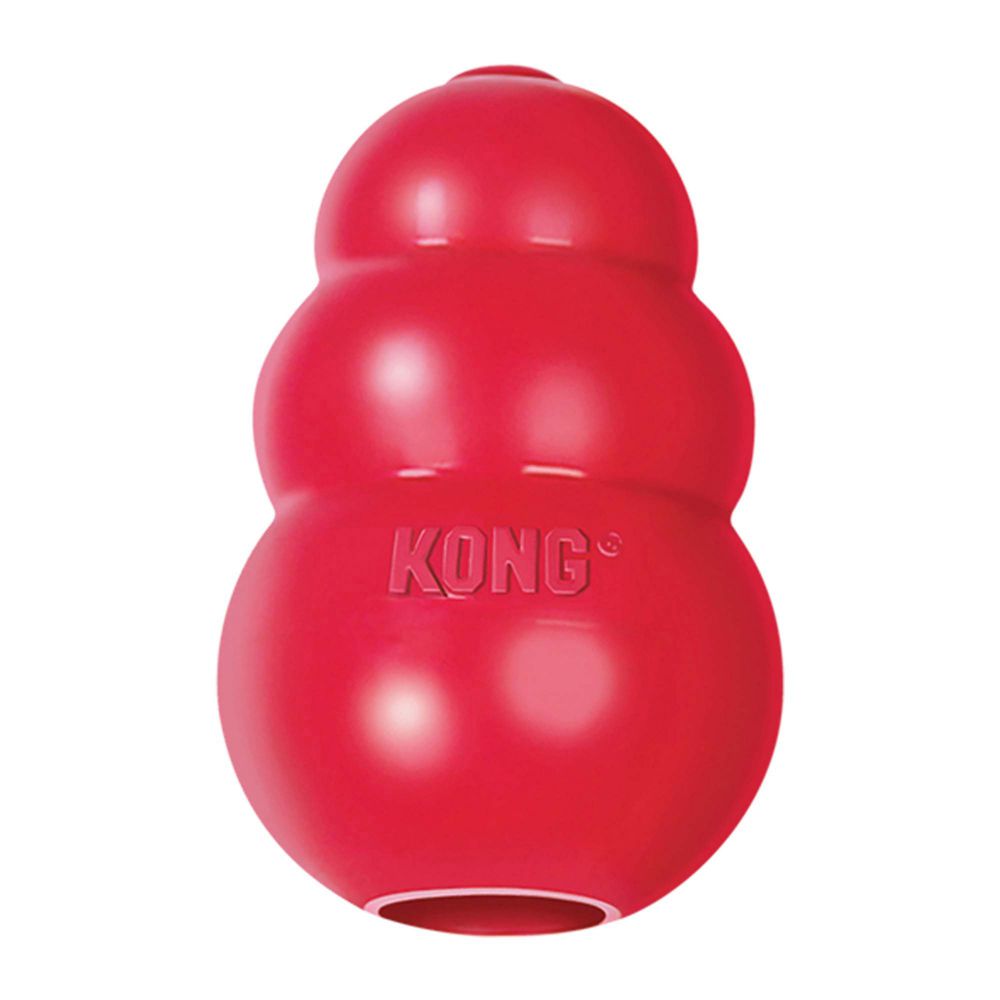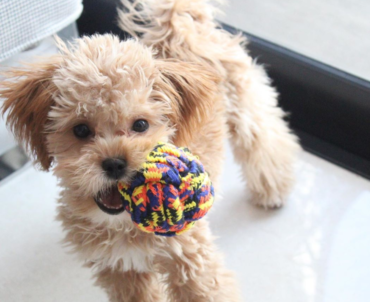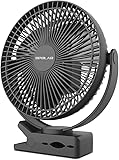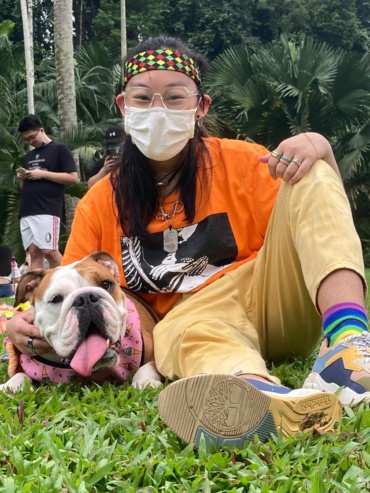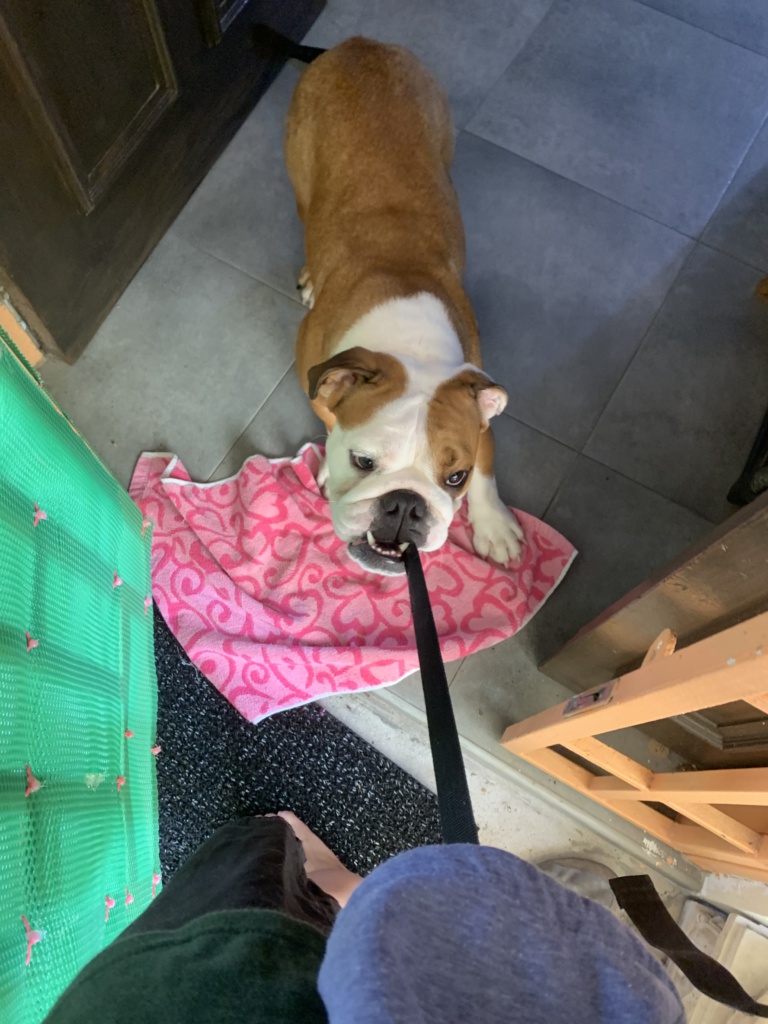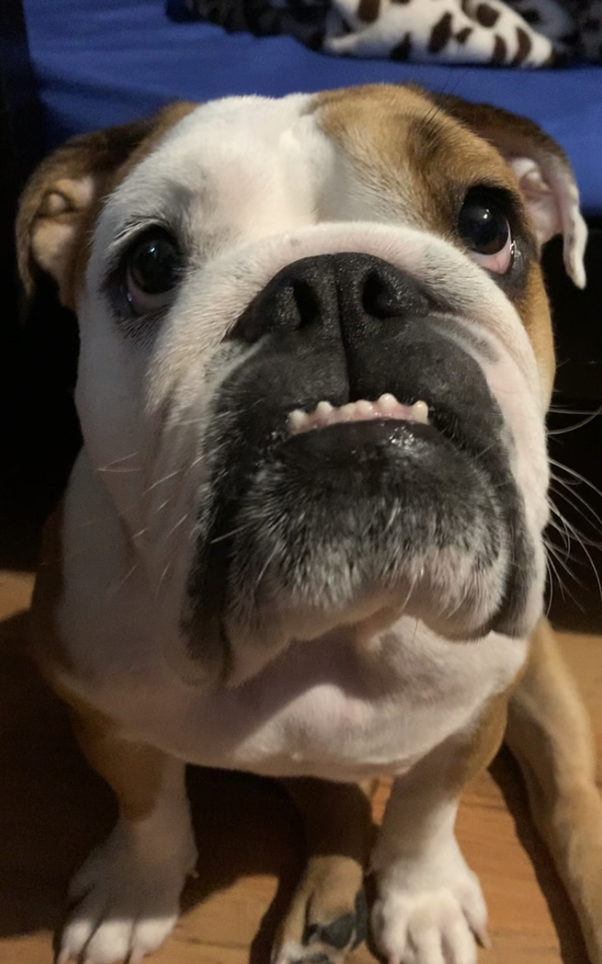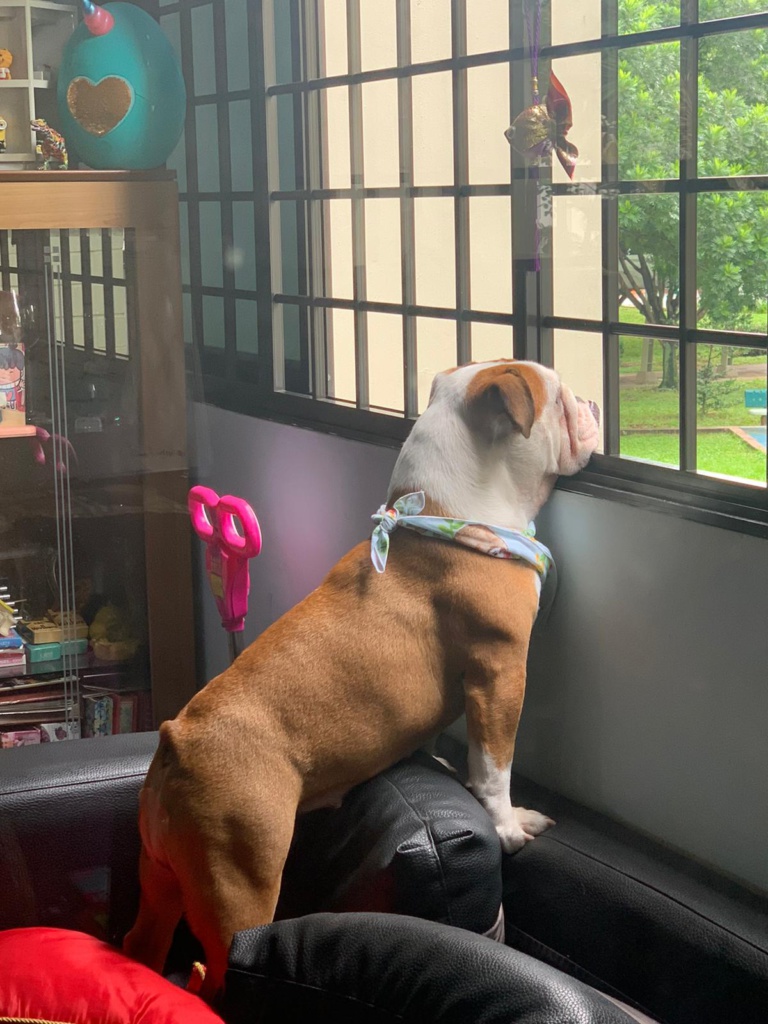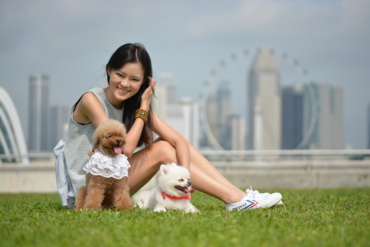Disclaimer: I am neither a professional nutritionist nor a vet. This article is written solely based on personal experience and what I wish I knew when I first got Ori.
If you are like me and tired of cooking the same food over and over and over again, then this article is for you. I used to cook enough for 2 meals each day and it got tedious. First, I could not vary his proteins much (Erm, how much variety of meat can you find in our local supermarkets?). Second, what a waste when I buy offals and throw away the bulk of it because Ori should only have 5% of such proteins. Third, it got boring.
I chanced upon @aki_no_kumo’s food preparation one day and I knew then that that was what I wanted to do for Ori. It’s been working well for two months now and I hope that this little tip will help you as well.
Part 1: The nutrients dogs need
I found most of my information on DogAware.com but also chanced upon information from @thelazygoldiemax (who has nicely summed everything up in this article: Home-Cooked Food – Facts and Myths). Truffleruffel also wrote a fantastic article on a Beginner’s Guide to Home-Cooked Food so do check those links out.
In general, dogs require 2-3% of their body weight in food every day and with no thanks to my post-graduation-not-really-functional-brain, I armed myself with my trusty phone calculator and headed down to my nearest supermarket.
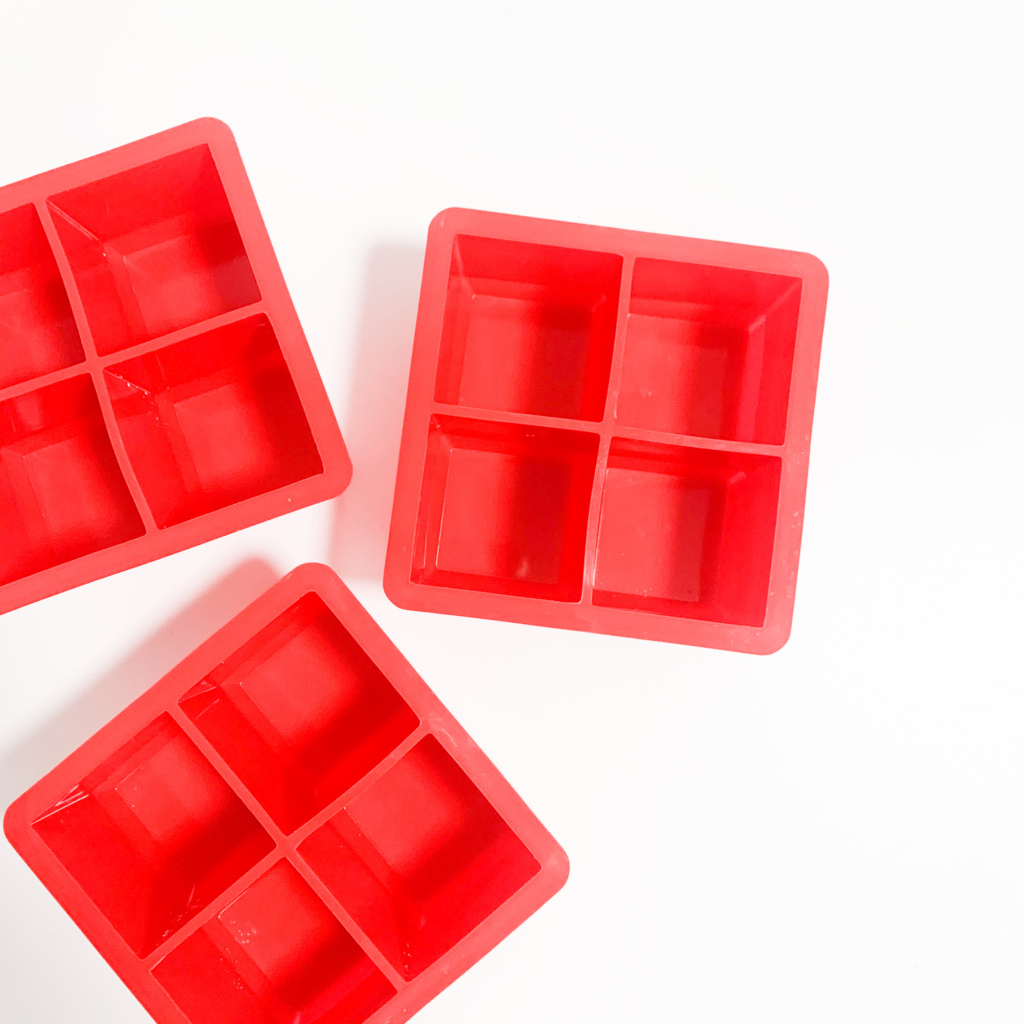
Oh, I should mention that these silicon food containers are life savers. Each compartment has a capacity of 100ml (perfect for each meal for my 9.5kg furkid). Do also note that the weight of raw food =/= cooked food so you’ll have to account for that when shopping. Since I mix kibbles with HCF, this was not so important for me as I can top up the balance with kibbles.
Part 2: Ingredients
I like ingredients that are readily-available in our local supermarkets. If you’re looking to vary your proteins, there are many online suppliers that can provide others such as lamb, crocodile, kangaroo, yada yada yada.
Again, check out the links above for ingredient ideas!
* You do not have to include everything in this list all the time. I mix the portions up and exlude/include items each week depending on my mood.
Part 3: Getting to work
Your job will be 10x easier if you have a meat grinder, which sadly, I don’t, so a pair of food-grade scissors are now my best friend. I like to cut everything in as small a piece as my patience can manage just so they’re easier to contain.
Throw in all the meats and turn on the gas for a good steam. Remember to stir it occasionally.
While waiting, I cut the vegetables. A blender will save your life, but since mine is spoilt, I use this opportunity to practice working my fine motor skills and chop everything up instead.
Put the chopped/blended vegetables in bowl in the fridge and wait for the meat to be ready.
Part 4: It’s ready!
All you need to do is to partition and contain the meat into the different silicon boxes.
I prefer adding some vegetables to top it off but you can always vary portion sizes to suit your dog’s needs (e.g. 1 container for meat, another for vegetables; half for meat, half for vegetables). The key is, it should be something that works for you.

Add the remaining soup and top it up with water to form a perfect cube. Freeze your food prep and it is now ready to go!
Part 5: The yum yum in their tum tums
Defrost one portion overnight (it helps, trust me) and simply add hot water to mix it all up before serving. Reheating vegetables releases nitrates, and ingesting anything high in nitrates increase the chance of developing cancer, which is why I don’t cook the vegetables first. I was not able to find the original study I read this and am unable to provide the link here. This is when I add Ori’s supplements (e.g. Coconut oil, rosehip powder, egg shell powder) as well as his portion of kibbles.
And voila! One happy pupper and a happier hooman who no longer needs to cook each and every day.
Do leave a comment or drop me a PM over at @orithespitz if you have any queries!
P.S. I store other canned/packaged food too and I use them to take cooking breaks in between cycles. Can’t be cooking a week’s worth of food on days when I reach home late, can I?
